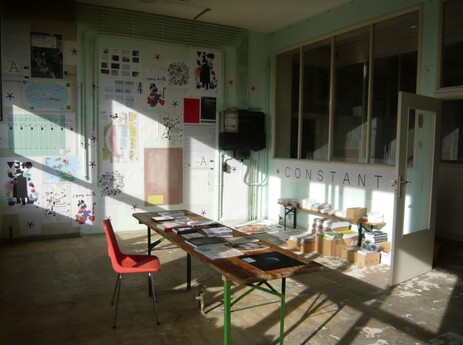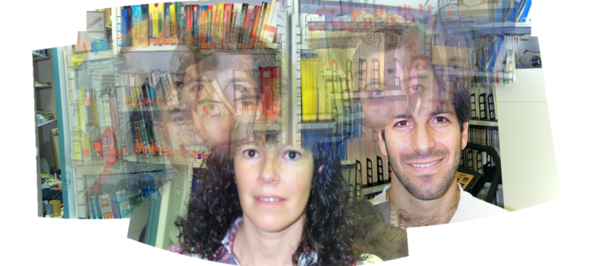Pierre Huyghebaert · @crickxson
686 followers · 1771 posts · Server post.lurk.orgUn talk bien intéressant et exercice ludique de #NicolasMalevé à l'atelier typo de la Cambre ce lundi passé.
"Ces cinq dernières années, en tant que programmeur et artiste, j'ai travaillé avec des #archives visuelles et exploré de nouvelles façons de les parcourir et de les questionner. [...] J'étudie la mutation de l'archive dans un contexte numérique. Comment des archives visuelles de plus en plus vastes sont mobilisées par l'interaction entre les descriptions sémantiques et l'analyse algorithmique des images. Comment l'évolution de l'apprentissage automatique influence la #vision par ordinateur lorsque ces techniques sont appliquées à de grandes collections d'images. Et dans ce contexte, comment elle affecte la relation entre les données d'entraînement et la conception des algorithmes. Je recherche comment ces éléments remettent en question la suprématie de l'œil humain dans le champ visuel. Et comment la redéfinition de l'archive implique de prendre en compte une plus grande quantité d'agents, humains et non-humains pour la circulation du contenu visuel. Plus généralement, je m'intéresse aux études logicielles, aux écologies des médias, aux pratiques collaboratives et à l'archéologie des médias."
https://lacambretypo.be/fr/projects/nicolas-maleve-datasets-photos-categories-et-vision
#vision #archives #NicolasMalevé
Pierre Huyghebaert · @crickxson
686 followers · 1771 posts · Server post.lurk.org"[...] this text is to insist that #datasets in #computervision should not be treated as mere collections of #data points or #representations that can be simply compared quantitatively. [...] If the #photos cut the #lab into pieces, to assemble #faces1999 implied a potential stitching of these fragments. [...] There was #cohesion if not #coherence. [...] Faces1999 is not a small version of a contemporary #dataset. A quantitative change reaches out into other dimensions, another space, another coherence, another division of #labour and another #photographic practice. Another #volumetricregime.
[...] It matters because recognising its volumetric regime changes the questions that can be asked to current datasets too. Instead of asking how large they are, how much they have evolved, I may be asking to which volumetric regime they belong (and they help enact in return). Which means a flurry of new questions need to be raised: what are the dataset's passageways? How do they split and stitch? What are its conjunctive surfaces? What is the division of labour that subtends it? How is the photographic apparatus involved in the regularisation of their objects? And what counts as photographic apparatus in this operation?"
https://possiblebodies.constantvzw.org/book/index.php?title=Panoramic_unknowns
#photography #NicolasMalevé #FemkeSnelting #JaraRocha #Hugin
#hugin #JaraRocha #femkesnelting #NicolasMalevé #photography #volumetricregime #photographic #labour #dataset #coherence #cohesion #faces1999 #lab #photos #representations #data #computervision #datasets

